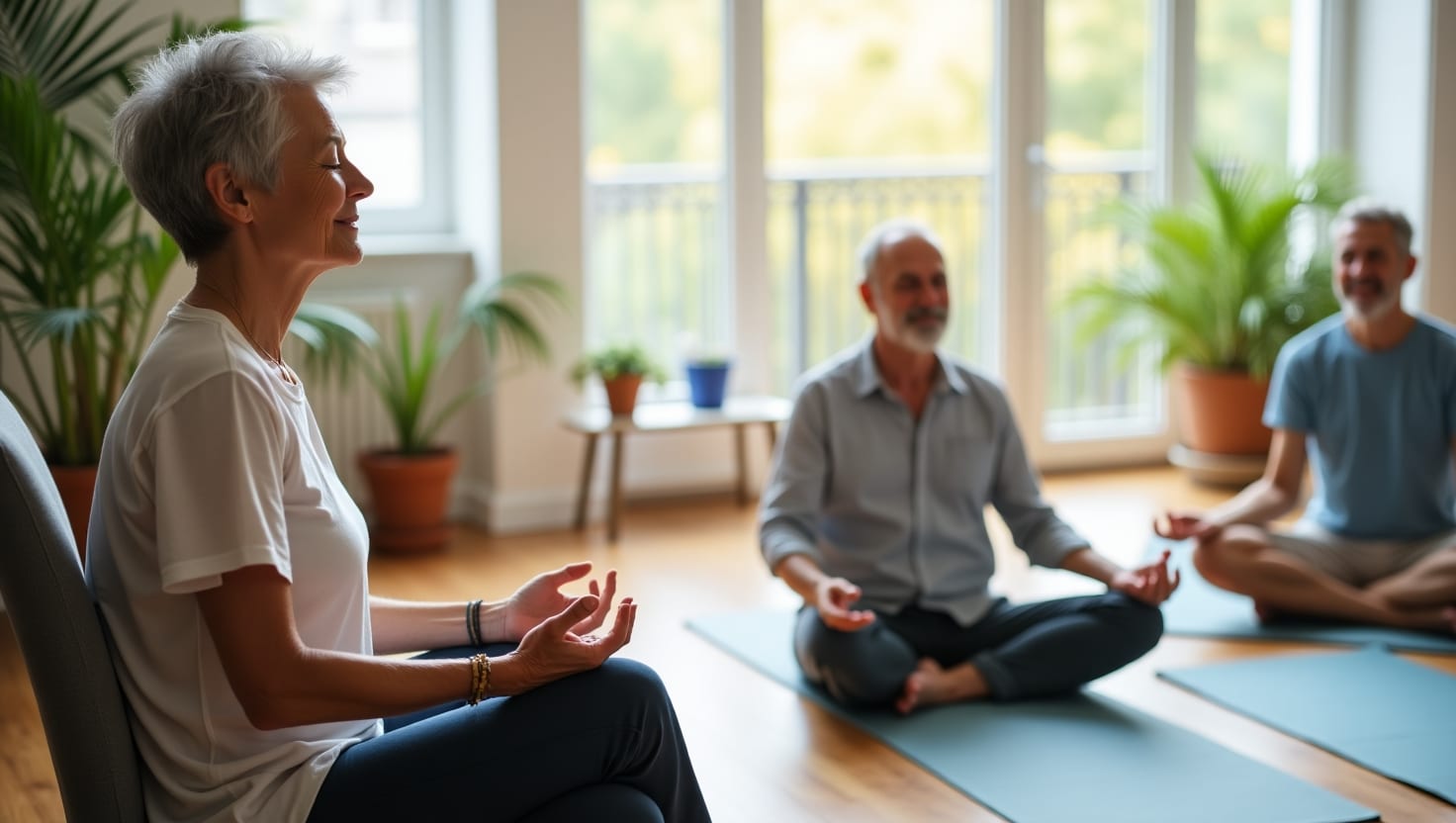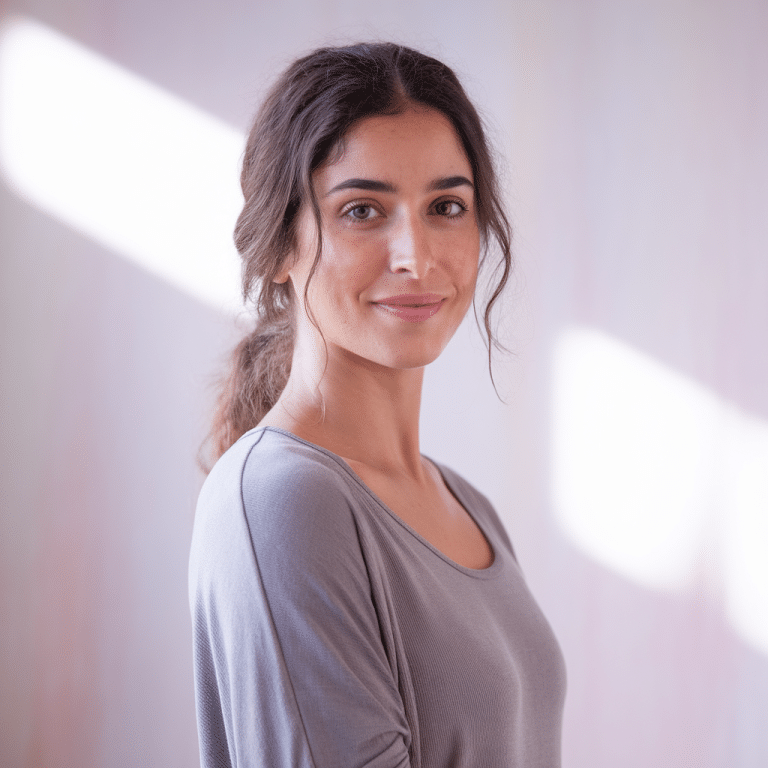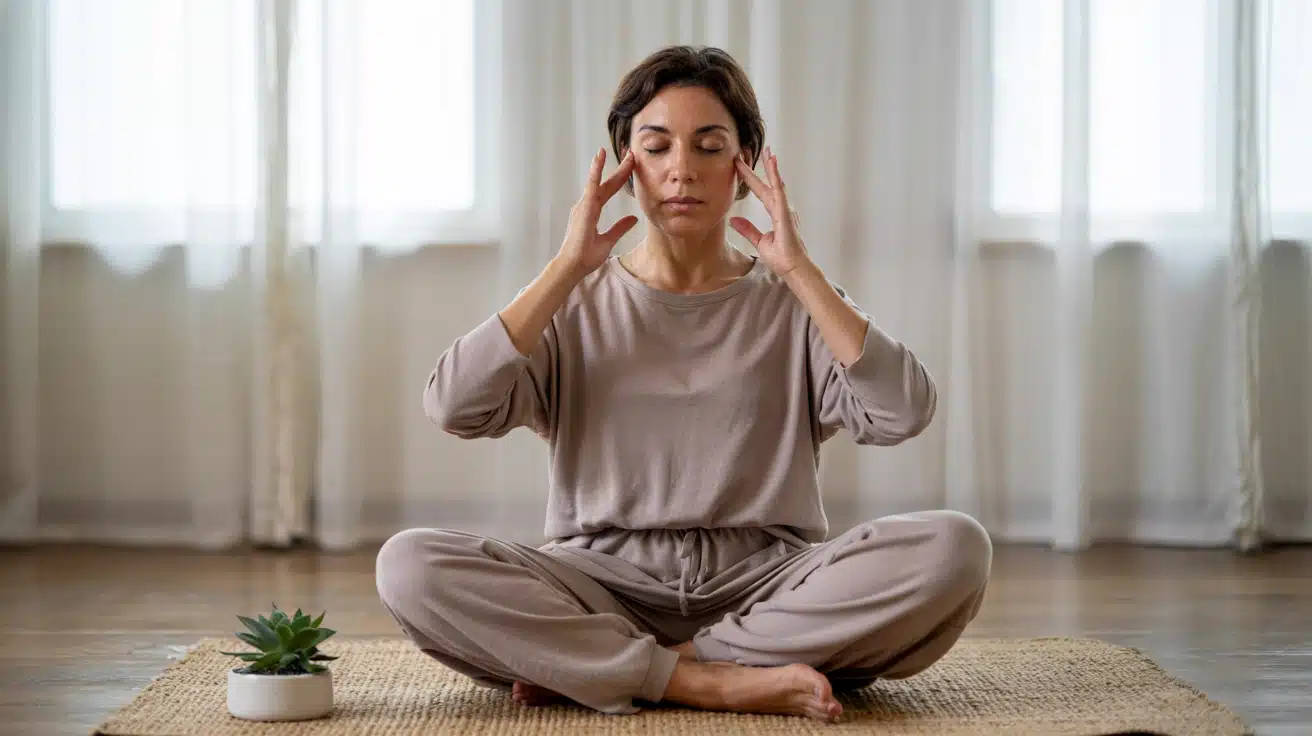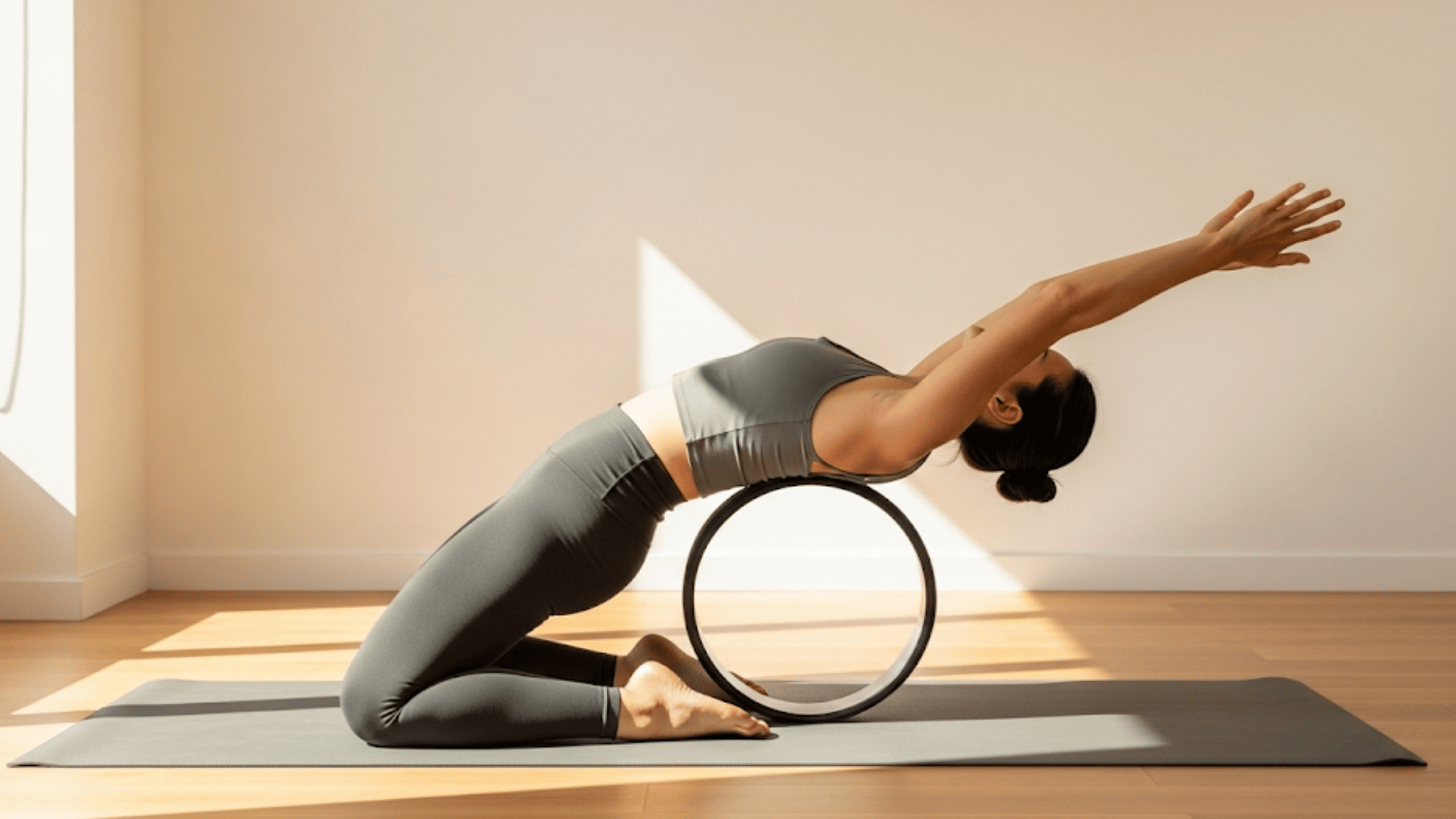Do you struggle with stress, poor sleep, or constant worry?
Many seniors face these challenges daily. Anxiety about health, family, or the future can make peaceful moments feel impossible to find.
Meditation for seniors provides a simple solution that works for any age or ability level. You can meditate sitting in a chair, lying down, or wherever you feel comfortable.
No special skills, equipment, or perfect flexibility required. Even five minutes can make a real difference in how you feel.
This article shows you easy meditation techniques designed specifically for seniors, including a guided script, tips for dementia care, and ways to find local classes.
You’ll learn practical methods to reduce stress, sleep better, and feel calmer starting today.
Benefits of Meditation for Seniors
Meditation offers powerful health advantages that can transform your golden years. The benefits of meditation for seniors go far beyond simple relaxation. Here are the top ways meditation improves life for older adults:
- Regular meditation lowers stress hormones and helps you feel calmer about daily worries.
- Meditation helps you fall asleep faster and keeps your memory sharp for daily tasks.
- Meditation changes how your brain feels pain, making chronic conditions more manageable.
- Meditation creates structure in your day and improves your relationships with loved ones.
These benefits work together to create a better quality of life for seniors. You don’t need years of practice to start feeling the positive effects. Even just 10-15 minutes of daily meditation can make a real difference in how you feel and function each day.
A Guided Meditation Script to Perform Body Scan Meditation
This guided meditation script for seniors can be read aloud or recorded for personal use.
Step 1: Get Comfortable
Find your most comfortable position. Sit in your favorite chair, lie down on your bed, or relax in your wheelchair. Support your back and let your hands rest naturally. Close your eyes or gently lower your gaze.
Step 2: Take 3 Deep Breaths
Breathe in slowly through your nose, filling your chest gently. Hold for a moment. Breathe out through your mouth, releasing any tension. Repeat this process two more times, allowing your body to settle with each breath.
Step 3: Scan Your Body from Head to Toe
- Face and Head: Notice your forehead. Let any wrinkles smooth away. Relax your cheeks and soften your jaw. If you wear glasses, imagine setting them down and letting your eyes rest.
- Neck and Sinuses: Feel your breath moving gently through your nose. Let your neck muscles release. Roll your shoulders back once if that feels good.
- Shoulders and Chest: Imagine lightness around your heart area. Let your shoulders drop away from your ears. Feel your chest rising and falling naturally with each breath.
- Stomach and Middle: Soften your belly. Release any emotional tension you may be holding. Let this area feel spacious and calm.
- Hips and Thighs: Bring gentle awareness to your hips. Let your thigh muscles relax completely. Don’t worry about how they feel; notice them with kindness.
- Knees and Calves: Send appreciation to your knees for all they’ve done for you. Let your calf muscles release and soften.
- Feet and Toes: Rest in peaceful stillness, feeling your feet supported. Gently wiggle your toes, then let them rest.
Step 4: Close with Gentle Breaths
Take three more slow, peaceful breaths. When you’re ready, gently open your eyes and slowly return to the present moment.
Notice how you feel now compared to how you felt when you started.
Video Tutorial
I’d like to give credit to the Center for Elders’ Independencefor their informative video, as a reference for this guide.
Other Meditation Techniques to Consider
Beyond the body scan meditation script provided earlier, these additional techniques offer variety and different benefits. Each method can be adapted to your physical abilities and comfort preferences. Here are other effective techniques for older adults:
1. Breath Awareness
Focus on your natural breathing without trying to change it. Count breaths from one to ten, then start over.
Can be practiced anywhere and requires no equipment. If counting feels difficult, simply notice air entering and leaving your nose.
How to advance: Start by counting to five, then extend to ten. Progress to noticing breath sensations without counting, then try focusing on different breathing phases.
2. Mindful Walking
Focus on your natural breathing without trying to change it. Count breaths from one to ten, then start over.
Can be practiced anywhere and requires no equipment. If counting feels difficult, simply notice air entering and leaving your nose.
How to advance: Start by counting to five, then extend to ten. Progress to noticing breath sensations without counting, then try focusing on different breathing phases.
3. Loving-Kindness Meditation
Progressive relaxation from head to toe. Start by noticing tension in your forehead, then slowly move attention down through each body part.
Works especially well for chronic pain or arthritis. Can be done lying down if sitting is uncomfortable.
How to advance: Begin with major body parts like head, shoulders, arms. Gradually include smaller areas like fingers and toes. Eventually scan without verbal cues.
4. Sound Meditation
Walk at a normal pace while paying attention to each step and body movement. Perfect for seniors who prefer activity over sitting. It can be done indoors using hallways or outdoors safely. Works with walkers or canes.
How to advance: Start by focusing on foot sensations, then include leg muscles and body balance. Progress to noticing surroundings while maintaining step awareness.
5. Breath Awareness
Send good wishes to yourself and others using phrases like “May I be happy, may I be healthy.” Then extend wishes to family, friends, and difficult people. Boosts mood and reduces loneliness.
How to advance: Begin with self-directed kindness phrases. Gradually include loved ones, acquaintances, then challenging people. Eventually practice without set phrases.
3 Simple Rules of Meditation for Seniors
Following these basic guidelines makes meditation accessible and enjoyable for seniors. These three essential rules remove common barriers and help create a sustainable practice that fits your lifestyle and physical needs.
Rule 1: Start small with just 5 minutes of daily practice.
This duration feels manageable and prevents overwhelm.
Many seniors find that short sessions create confidence and gradually build into longer practices naturally over time.
Even 3 minutes counts as a successful meditation session.
Rule 2: Get comfortable in whatever position works for your body.
Use a supportive chair, lie down on your bed, or stay in your wheelchair.
Comfort matters more than traditional postures.
Add cushions or blankets as needed to support your back and joints. There’s no wrong way to sit for meditation.
Rule 3: Be kind to wandering thoughts instead of fighting them.
When your mind drifts to grocery lists or family concerns, gently notice the thoughts and return attention to your breath.
This mental wandering is completely normal and happens to everyone who meditates. The practice is in noticing when thoughts wander and gently coming back.
Adapting Meditation for Seniors with Dementia
Meditation can be adapted safely for seniors living with dementia. Simple techniques focus on sensory experiences rather than complex instructions. It provides comfort and reduces agitation.
Key Guidelines:
- Keep sessions 5-10 minutes maximum
- Use slow, gentle voices in recordings
- Try morning sessions when cognitive function is higher
- Caregivers can breathe together with their loved ones
Helpful Aids:
- Soft blankets for comfort
- Gentle hand massage
- Essential oils like lavender (test sensitivity first)
Remember: Focus on comfort, not perfect technique. Keep sessions flexible and patient-centered.
Final Thoughts
Meditation for seniors isn’t complicated or demanding.
The simple techniques covered here work because they respect your experience, physical needs, and daily routine.
From breath awareness to mindful walking, each method offers real benefits without requiring perfect posture or lengthy sessions.
Your next step is choosing what feels right for you.
Try the guided meditation script, or start with just five minutes of breathing exercises. If you’re caring for someone with dementia, the gentle techniques shared can create peaceful moments together.
Search for meditation for seniors near me to find local support.
Better sleep, reduced anxiety, and greater calm are achievable at any age. The benefits of meditation for seniors have helped millions feel more at peace.
Start small, stay consistent, and be patient with yourself.









